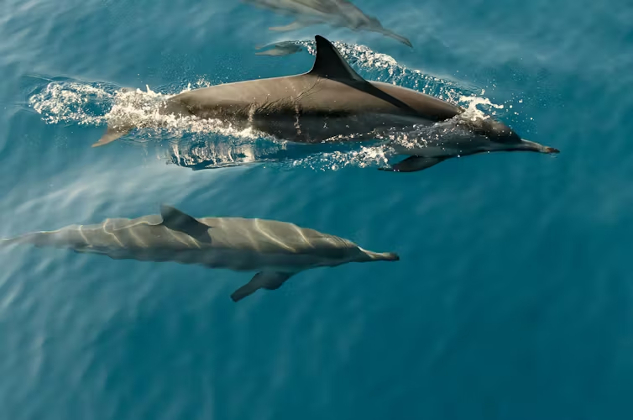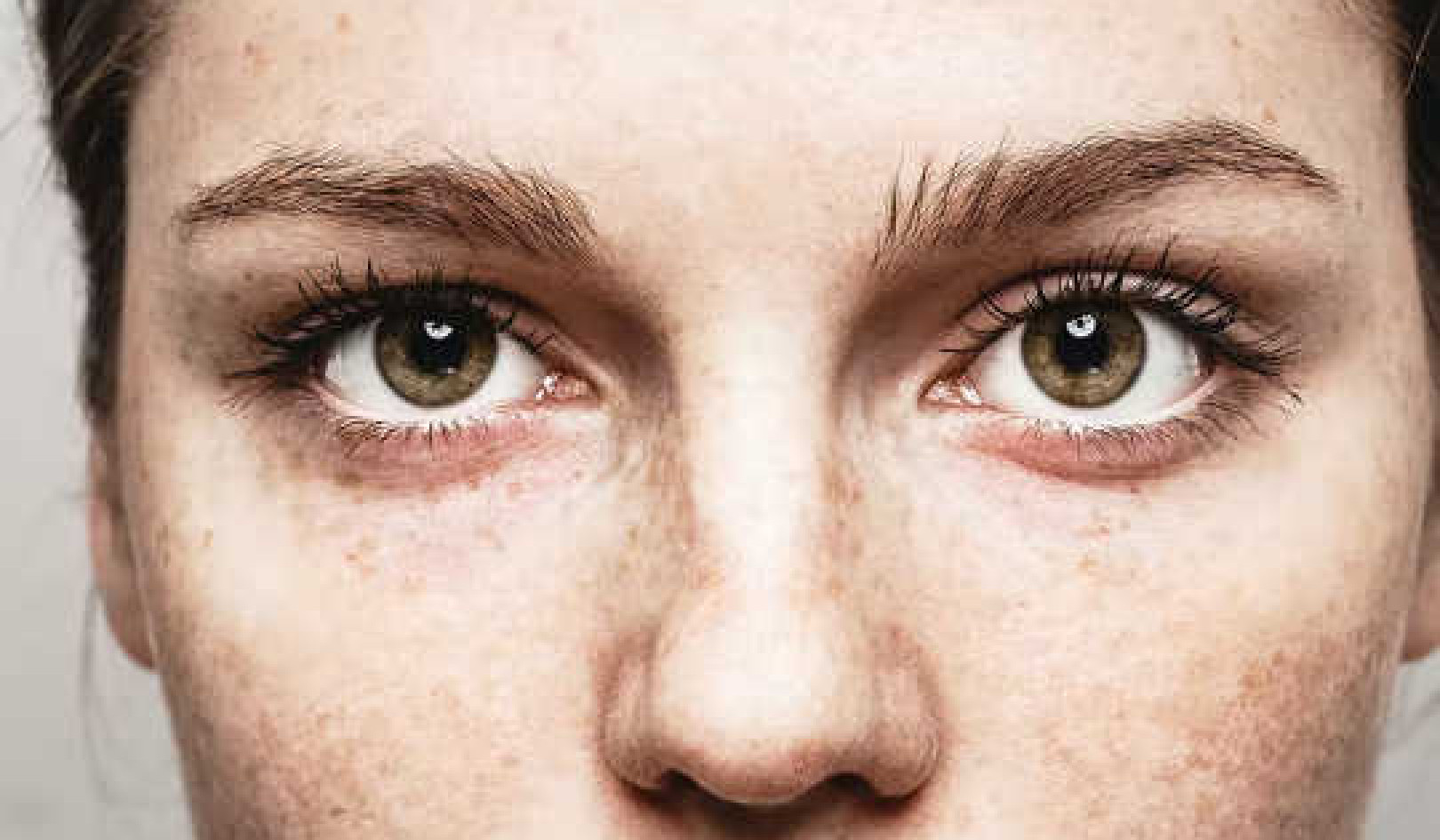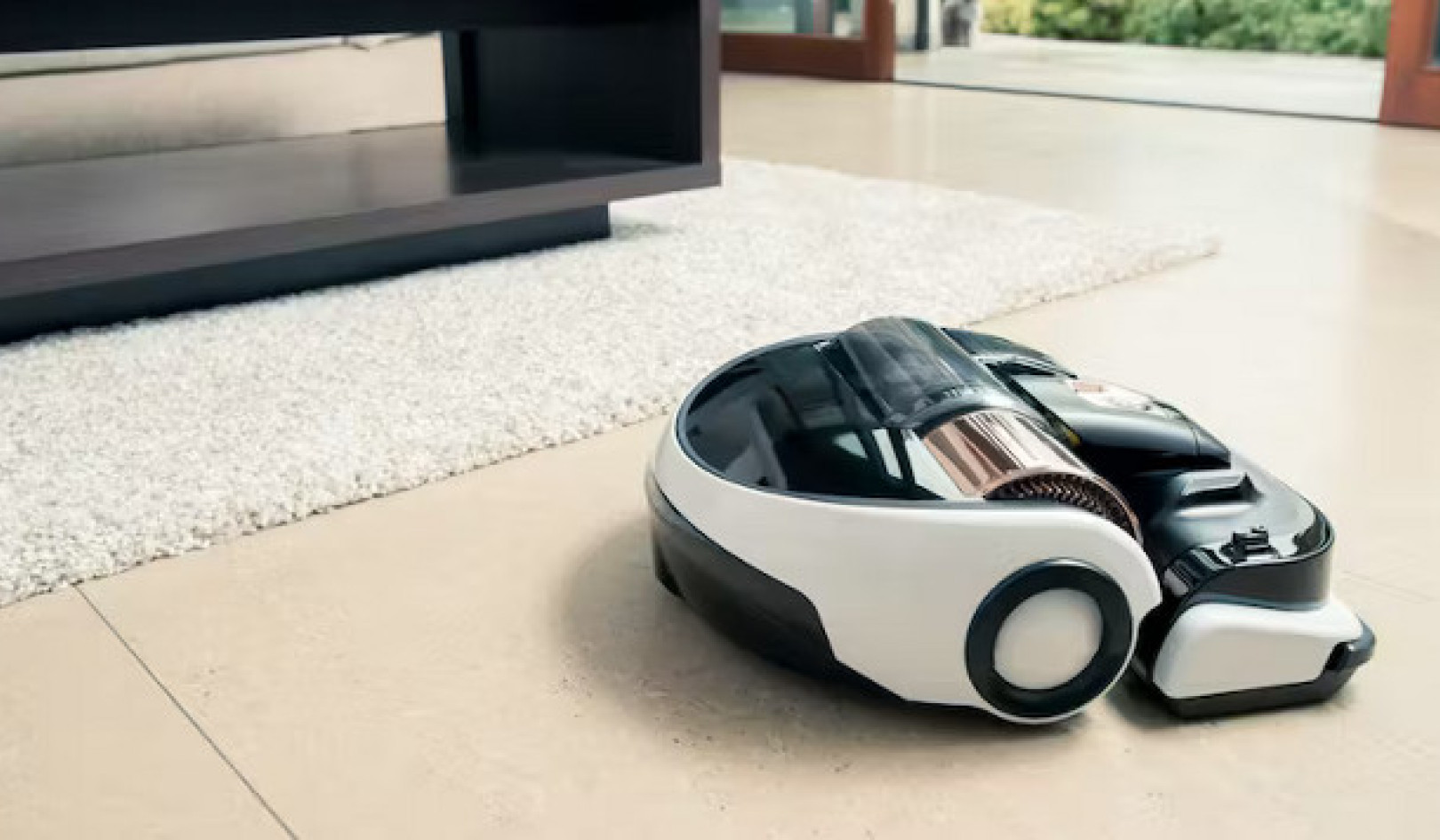
Imagine that you’re in a comfortable room with your cat. You’re both sharing the same space, temperature and lighting. But while you’re enjoying the décor, and perhaps a book or the taste of hot chocolate, the cat seems intrigued by something else. Maybe she’s looking for a treat or making sure that no one infringes on “her” preferred spot, a comfortable armchair near the heater.
All this is to say that even if you and your pet are in the same place, you both perceive your environment differently. In 1934, the German scientist Jakob von Uexküll defined it as the “umwelt” (környezet in German). The Umwelt is each individual’s perception of the world in which he or she lives.
But how do other animals perceive the world around them? I’m particularly interested in those that live in habitats that are drastically different from those of humans, such as dolphins in the vastness of the ocean.
Ha megértjük az állatok érzékelését, jobban megvédhetjük őket. A delfinek esetében annak ismerete, hogyan érzékelik környezetüket, azt jelenti, hogy ismerni kell a víz alatti zaj kommunikációjukra gyakorolt hatását, és intézkedéseket kell hozni annak ellenőrzésére a védett tengeri területeken.
So let’s dive in and discover the three super-senses of dolphins: magnetic perception, electrical perception and echolocation.
Magnetic perception
Magnetic perception was first demonstrated in dolphins in 1981: American researchers found fragments of magnetite closely linked to neuronal connections extracted from the brains of four stranded common dolphins. Surprised by the discovery, the scientists suggested that it could have a sensory function or play a role in navigation.
In 1985, another team of researchers discovered a relationship between cetacean stranding positions and the Earth’s geomagnetic field: several species of whales and dolphins actually tend to strand in places where the magnetic intensity is low. If cetaceans use the Earth’s magnetic field to find their bearings, one hypothesis is that areas where the magnetic intensity is weaker would increase the likelihood of stranding due to a lack of bearings.
In 2014, with a team of scientists from the University of Rennes 1, I carried out a behavioural study that enabled us to show that bottlenose dolphins have a magnetic sense. We tested the spontaneous response of six captive dolphins to the presentation of two objects with the same shape and density: the first contained a block of magnetically charged neodymium (a metal), while the second device was completely demagnetised.
The dolphins approached the device much more quickly when it contained a block of strongly magnetised neodymium. This allowed us to conclude that the dolphins are able to discriminate between the two stimuli on the basis of their magnetic properties.
These data support the hypothesis that cetaceans can determine their location using the Earth’s magnetic field and that, consequently, when this field is weaker, the tendency to strand is greater.
Electrical perception
When fish move their muscles and skeletons, they emit weak electric fields. Some marine predators, particularly in benthic areas (at the bottom of the ocean) – where visibility is reduced, are able to perceive their prey via these electric fields. A range of aquatic and semi-aquatic species share this ability.
In dolphins, electroreception was demonstrated for the first time in 2012. The structures known as hairless vibrissal crypts on the rostrum of Guiana dolphins (one of the smallest species) serve as electroreceptors. In the study, the researchers noted that the vibrissal crypts have a well-innervated ampullary structure, reminiscent of the ampullary electro-receptors in other species such as elasmobranchs (sharks and rays), lampreys, paddlefish, catfish, certain amphibians and even in the platypus and echidna). These vibrissal crypts are thought to function as sensory receptors capable of picking up small electric fields emitted by prey in aquatic environments.
The same study also found behavioural evidence of electroperception. A male Guiana dolphin was trained to respond to electrical stimuli of the order of magnitude of those generated by small-to medium-sized fish. For example, a goldfish 5 to 6 centimetres long produces electric fields of 90 microvolts per centimetre, with a peak energy at 3 hertz. Bioelectric fields of 1,000 microvolts per centimetre have been reported in flounders – a magnitude equivalent to 1/100,000 of the electric current of a light bulb.
The dolphin was trained to place its head in a hoop and touch a target with the tip of its rostrum. It had to leave the hoop when a stimulus was presented, and when no stimulus was presented, it had to remain in the hoop for at least 12 seconds.
This experiment showed that dolphins perceive weak electric fields – a sensitivity comparable to that of platypus electroreceptors. The first clear demonstration of electroreception in platypuses was carried out in Canberra in 1985 by a German-Australian team, which showed that they sought out and attacked submerged and otherwise invisible batteries. In 2023, a team of researchers found similar detection thresholds in bottlenose dolphins, using the same behavioural test.
It is now thought that electroreception can facilitate the detection of prey at close range and the targeted killing of prey on the seabed.
In addition, the ability to detect weak electric fields could enable dolphins to perceive the Earth’s magnetic field by means of magnetoreception, which could enable them to orientate themselves on a large scale.
echolocation
The most studied sense in dolphins remains echolocation.
A more active sense than the detection of electric or magnetic fields, echolocation involves the dolphins producing sequences of clicks with their phonic lips (located in the blowhole, the nostril on the dolphin’s head). The clicks produced are highly directional, moving forward. When the sound wave touches a surface, it returns and is perceived through the dolphin’s lower jaw. In this way, they perceive sound waves extremely well, without having external ears and so retaining their smooth hydrodynamic shape.
Thanks to this information, the dolphin can not only know the location of a target, but also deduce its density: a dolphin can distinguish at a distance of 75 metres whether a one-inch diameter sphere (2.54 cm) is made of solid steel or filled with water.
Dolphins communicate through channels that are inaccessible to us
Dolphins’ impressive ability to “see with their ears” doesn’t stop there. Dolphins can listen to the echoes of clicks produced by their fellow dolphins, an ability known as “eavesdropping”](https://link.springer.com/article/10.3758/BF03199007). In this way, they can “share” what they detect with the members of their group and coordinate their movements.
As part of my research, I was interested in how dolphins use their clicks to synchronise their movements. To do this, I exploited a recording method using four hydrophones and a 360° camera, which make it possible to know which dolphin is making a sound – something that was previously impossible because dolphins do not open their mouths to vocalise.
I was able to show that when the dolphins jump synchronously in a dolphinarium, one produces the clicks while the others remain silent. In our experiment, we determined that the animal that produced the clicks was always the oldest female.
Will the same thing happen in the wild when dolphins fish in coordination? To find out, we would need to use the same 360° audiovisual recording method in the ocean. This would involve establishing an observation base in a feeding area with good visibility – for example, when dolphins are feeding around fish farms. The regular proximity of the dolphins would make it possible to record their solitary fishing behaviour, and to better understand how they cooperate and coordinate, using all of their three “super senses”.
Juliana López Marulanda, Enseignante chercheuse en éthologie, Université Paris Nanterre – Université Paris Lumières
Ezt a cikket újra kiadják A beszélgetés Creative Commons licenc alatt. Olvassa el a eredeti cikk.
Háziállatokról szóló könyvek az Amazon legjobb eladóinak listájáról
"Útmutató kezdőknek a kutya agilitáshoz"
írta Laurie Leach
Ez a könyv átfogó útmutató a kutya agilitásához, beleértve a képzési technikákat, felszereléseket és a versenyszabályokat. A könyv lépésről lépésre tartalmaz utasításokat az agility edzéshez és versenyzéshez, valamint tanácsokat ad a megfelelő kutya és felszerelés kiválasztásához.
Kattintson a további információkért vagy a megrendeléshez
"Zak George's Dog Training Revolution: A teljes útmutató a tökéletes kisállat szeretettel való neveléséhez"
írta: Zak George és Dina Roth Port
Ebben a könyvben Zak George átfogó útmutatót kínál a kutyakiképzéshez, beleértve a pozitív megerősítési technikákat és tanácsokat a gyakori viselkedési problémák megoldásához. A könyv a megfelelő kutya kiválasztásával és az új kedvenc érkezésére való felkészüléssel kapcsolatos információkat is tartalmaz.
Kattintson a további információkért vagy a megrendeléshez
"A kutyák géniusza: Hogyan okosabbak a kutyák, mint gondolnád"
írta: Brian Hare és Vanessa Woods
Ebben a könyvben Brian Hare és Vanessa Woods szerzők a kutyák kognitív képességeit és az emberekkel való egyedi kapcsolatukat kutatják. A könyv információkat tartalmaz a kutya intelligencia mögött meghúzódó tudományról, valamint tippeket tartalmaz a kutyák és gazdáik közötti kapcsolat erősítésére.
Kattintson a további információkért vagy a megrendeléshez
"A boldog kiskutya kézikönyve: Végleges útmutató a kölyökkutya gondozásához és korai képzéséhez"
írta Pippa Mattinson
Ez a könyv átfogó útmutató a kölyökkutya gondozásához és korai képzéséhez, beleértve a megfelelő kölyökkutya kiválasztásához szükséges tanácsokat, képzési technikákat, valamint egészségügyi és táplálkozási információkat. A könyv tippeket is tartalmaz a kölykök szocializálásához és érkezésükre való felkészüléshez.
Kattintson a további információkért vagy a megrendeléshez






















